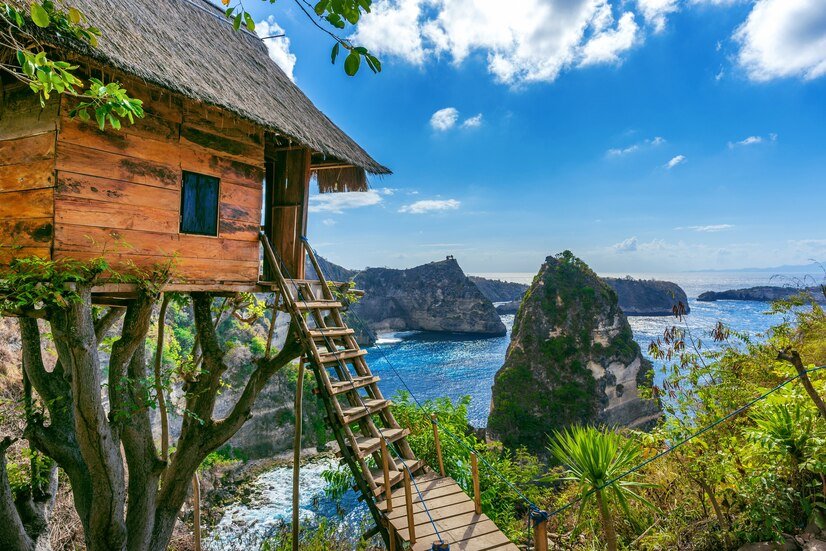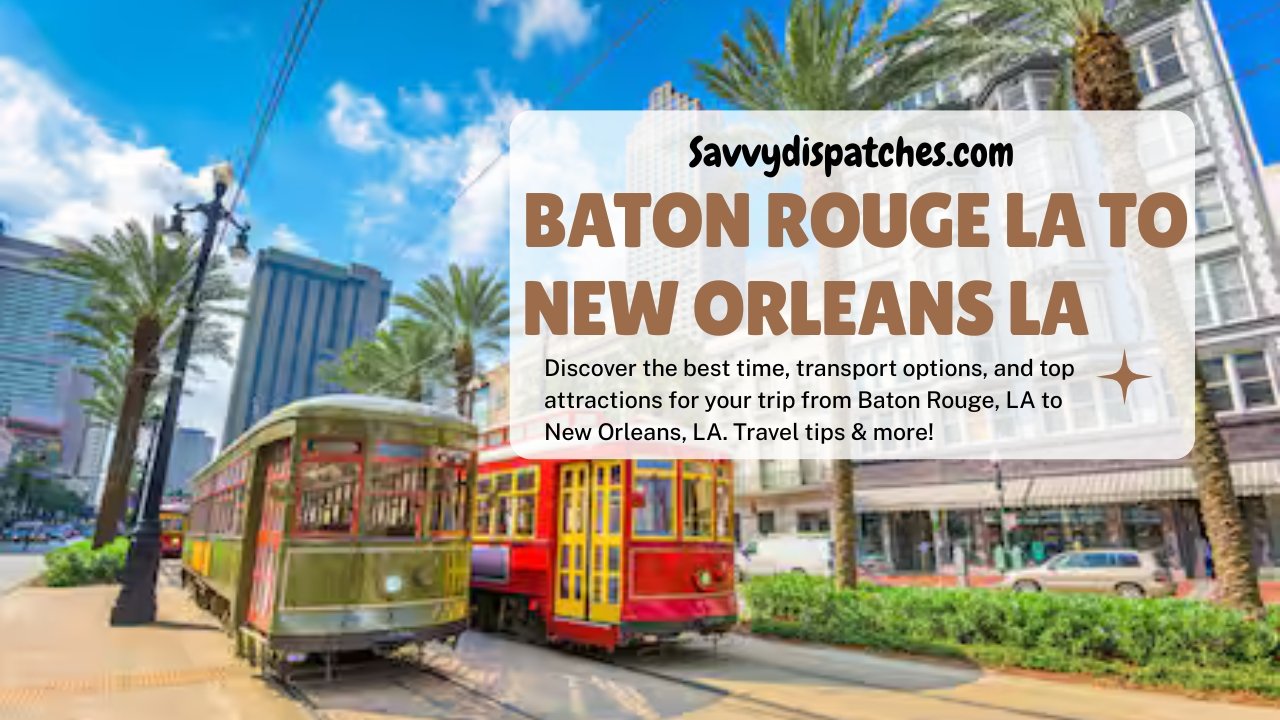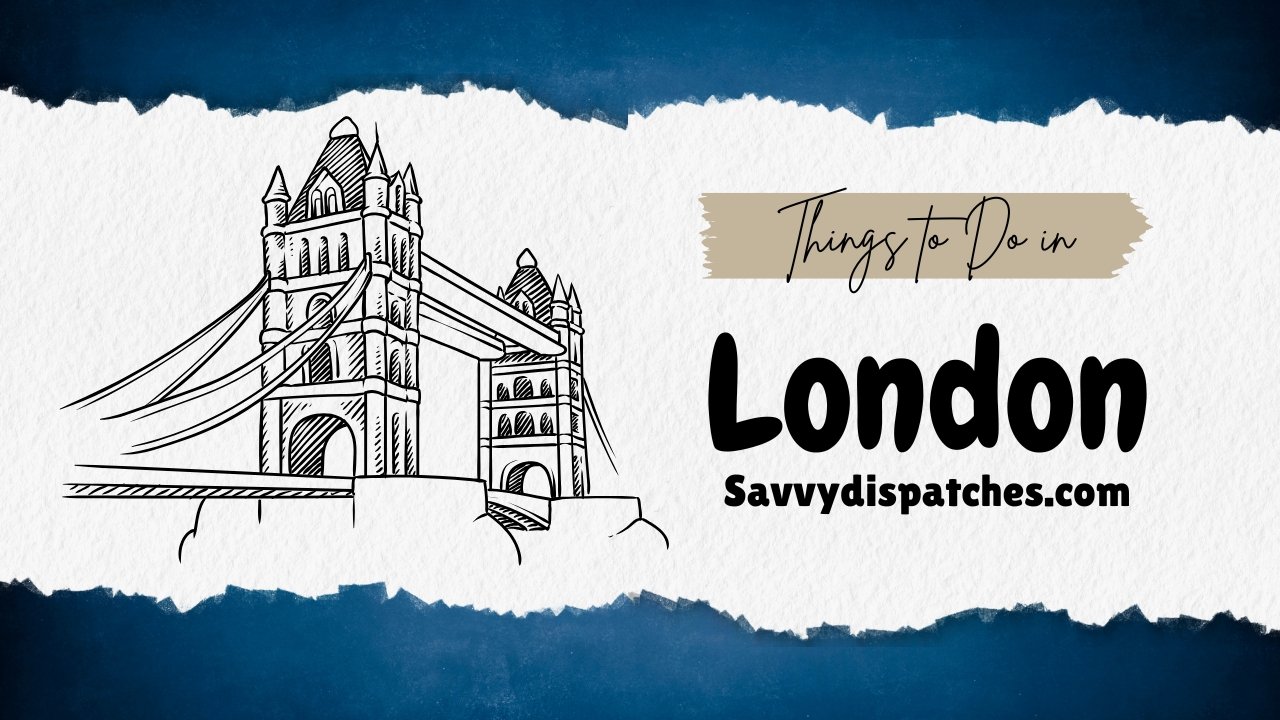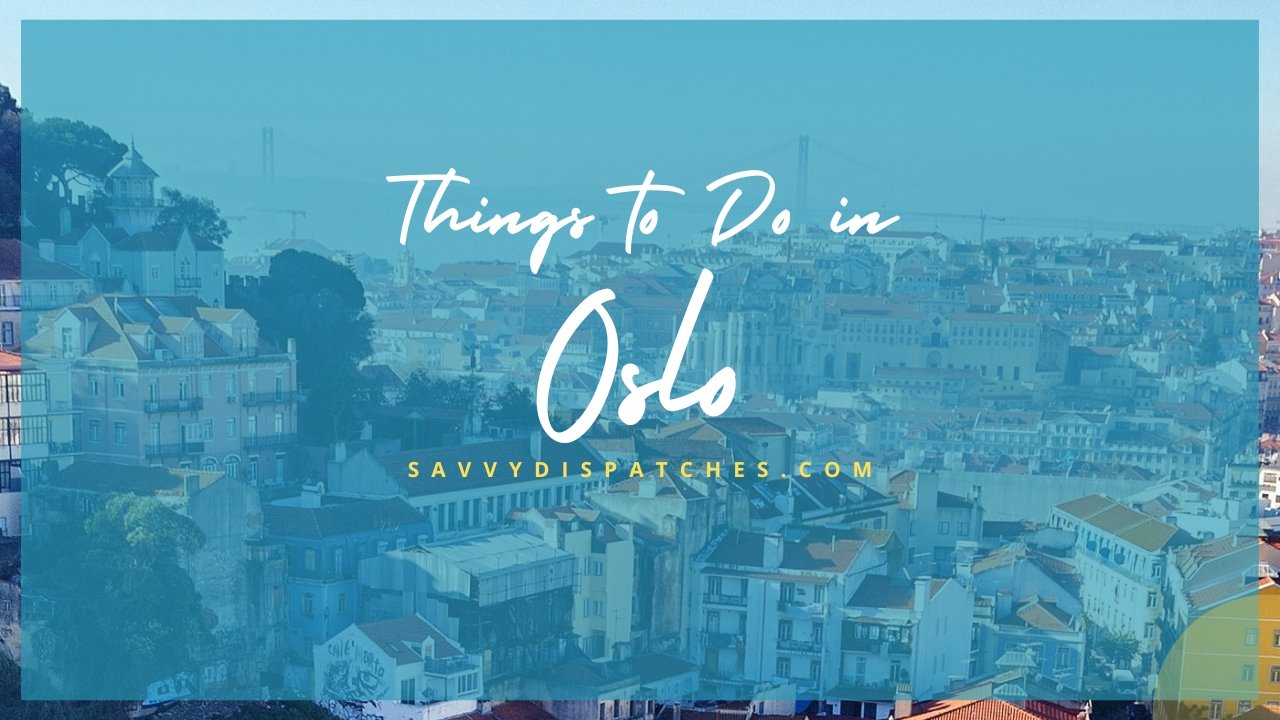Travel
Things to Do in Oahu: Top Attractions and Activities

Destinations
Baton Rouge LA to New Orleans LA: A Comprehensive Travel Guide

Embarking on a journey from Baton Rouge LA to New Orleans LA offers a rich tapestry of Louisiana’s culture, history, and natural beauty. Whether you’re a backpacker seeking adventure, a luxury traveler desiring comfort, a family on vacation, a digital nomad exploring new horizons, or an adventure seeker craving unique experiences, this guide caters to all.
Best Time to Visit
Spring (March–May): Ideal for pleasant weather and vibrant festivals like the Baton Rouge Blues Festival.
Fall (October–December): Offers cooler temperatures and fewer tourists, perfect for exploring at a leisurely pace.
Summer (June–August): Expect high humidity and temperatures, but it’s also festival season with events like Mardi Gras.
Winter (December–February): Milder temperatures and festive decorations, though some attractions may have reduced hours.
Top 10 Must-Visit Attractions
Louisiana State Capitol (Baton Rouge): The tallest U.S. state capitol building, offering panoramic views from its observation deck.
Old State Capitol (Baton Rouge): A Gothic Revival building housing a museum that delves into Louisiana’s political history.
USS Kidd Veterans Museum (Baton Rouge): A World War II Fletcher-class destroyer turned museum, providing insights into naval history.
St. Joseph Cathedral (Baton Rouge): A stunning example of Gothic Revival architecture, serving as the mother church of the Diocese of Baton Rouge.
Magnolia Mound Plantation House (Baton Rouge): A French Creole house offering a glimpse into 18th-century Louisiana life.
French Quarter (New Orleans): The historic heart of New Orleans, known for its vibrant nightlife, music, and architecture.
Jackson Square (New Orleans): A historic park surrounded by landmarks like the St. Louis Cathedral and the Cabildo.
National WWII Museum (New Orleans): An extensive museum detailing the history of World War II with immersive exhibits.
Garden District (New Orleans): Famous for its well-preserved antebellum mansions and oak-lined streets.
St. Charles Avenue Streetcar (New Orleans): A scenic ride through historic neighborhoods, offering a unique perspective of the city.
Local Cuisine Recommendations
Gumbo: A hearty stew with French, Spanish, and African influences. Try it at The Chimes in Baton Rouge.
Po’boys: A traditional sandwich filled with fried seafood or meats. Visit Parkway Bakery in New Orleans.
Beignets: Deep-fried pastries dusted with powdered sugar. Café du Monde in New Orleans is iconic.
Jambalaya: A Creole dish with rice, vegetables, and meat or seafood. Sample it at The Original Pierre Maspero’s.
Boudin: A sausage made from pork, rice, and spices. Check out The Best Stop Supermarket in Scott.
Transportation Tips
By Car: The drive from Baton Rouge to New Orleans via I-10 takes approximately 1.5 to 2 hours.
Public Transport: In Baton Rouge, the Capital Area Transit System (CATS) offers bus services. In New Orleans, the Regional Transit Authority (RTA) operates buses and streetcars.
Car Rentals: Available at Baton Rouge Metropolitan Airport and Louis Armstrong New Orleans International Airport.
Upcoming Rail Service: Amtrak plans to reintroduce passenger rail service between Baton Rouge and New Orleans, with operations expected to commence in 2027.
Budget Breakdown
Budget Travelers: $50–$100 per day. Opt for hostels, motels, and local eateries.
Mid-Range Travelers: $100–$250 per day. Stay in 3-star hotels, dine at mid-range restaurants, and engage in guided tours.
Luxury Travelers: $250+ per day. Enjoy 5-star accommodations, fine dining, private tours, and premium experiences.
Hidden Gems & Off-the-Beaten-Path Locations
Bluebonnet Swamp Nature Center (Baton Rouge): A serene spot for nature walks and wildlife observation.
Electric Depot (Baton Rouge): A revitalized space with local shops, eateries, and entertainment.
Bayou Sauvage National Wildlife Refuge (New Orleans): A vast wetland offering birdwatching and eco-tours.
St. Roch Market (New Orleans): A historic market turned food hall, showcasing local vendors.
Safety Tips & Cultural Etiquette
Safety: Both cities are generally safe for tourists. Exercise standard precautions, especially in crowded areas.
Cultural Etiquette: Embrace the local customs, such as greeting with a smile and tipping service workers appropriately.
Weather Awareness: Louisiana’s weather can be unpredictable. Stay hydrated and be prepared for sudden rain showers.
Sample Itineraries
3-Day Itinerary:
Day 1: Explore Baton Rouge’s historic sites and enjoy local cuisine.
Day 2: Drive to New Orleans, visit the French Quarter, and experience live jazz.
Day 3: Tour the National WWII Museum and relax in the Garden District.
7-Day Itinerary:
Day 1–2: Discover Baton Rouge’s attractions and dining spots.
Day 3: Visit nearby plantations and swamps.
Day 4–5: Head to New Orleans, exploring its neighborhoods and cuisine.
Day 6: Take a day trip to nearby towns like Lafayette or Houma.
Day 7: Relax and enjoy a leisurely day in New Orleans before departure.
Conclusion & Practical Travel Tips
Packing: Light, breathable clothing is recommended due to the warm climate.
Connectivity: Both cities offer reliable internet access, suitable for digital nomads.
Local Events: Check local calendars for festivals and events that may enhance your experience.
Health: Stay updated on any travel advisories or health guidelines.
Embarking on the Baton Rouge LA to New Orleans LA journey promises a blend of history, culture, and Southern hospitality. Whether you’re seeking adventure, relaxation, or cultural immersion, this route offers something for every traveler.
Things To Do
Things to Do in Oslo: A Travel Guide for Every Traveler
Things To Do
Things to Do in London: A Guide for Every Traveler

London, the capital of England, is a city of endless possibilities. From its historic landmarks to its dynamic neighborhoods, London offers something for every traveler. Whether you’re wandering through its iconic streets, enjoying world-class museums, or sampling exquisite food, this city provides the perfect mix of history, culture, and contemporary flair. For backpackers, luxury travelers, families, digital nomads, or adventure seekers alike, London is an experience unlike any other.
In this travel guide, we’ll delve into the best times to visit, must-see attractions, hidden gems, and practical tips to ensure that your London adventure is unforgettable.
Best Time to Visit London
London is a year-round destination, but the experience can vary significantly depending on when you visit.
Spring (March to May):
Spring is one of the most charming times to visit London. With mild weather and beautiful blooms in gardens like Kew Gardens and Hyde Park, it’s perfect for outdoor explorations. The city feels fresh, and there’s a buzzing energy in the air. Ideal for those who want to avoid heavy crowds while enjoying pleasant weather.
Summer (June to August):
London comes alive in the summer, with festivals, outdoor events, and long, sunny days. However, it’s also the peak tourist season, so expect larger crowds and higher accommodation prices. If you’re into vibrant street festivals and open-air concerts, this is the time to be in London. Pack light as temperatures can range from 18°C to 25°C (64°F to 77°F).
Autumn (September to November):
With fewer tourists, autumn is a great time for those seeking a quieter experience. The city’s parks are adorned with golden leaves, and the cultural calendar kicks into full gear with concerts, theater productions, and art exhibits. The weather can be a little unpredictable, so bring layers.
Winter (December to February):
Winter in London offers a magical charm, especially with its Christmas lights and festive markets. Expect cold temperatures, ranging from 2°C to 8°C (36°F to 46°F). If you’re after a cozy experience with fewer crowds, this is the season for you, though it can be rainy and chilly.
Top 10 Must-Visit Attractions in London
London is packed with iconic sites and hidden gems. Here’s a look at the top 10 attractions that should be on your list.
The British Museum
One of the world’s finest museums, the British Museum is a must-see for history buffs. With collections spanning centuries, from the Rosetta Stone to Egyptian mummies, it’s a treasure trove of human history. Best of all, entry is free!
Buckingham Palace
No visit to London is complete without seeing the official residence of the British monarch. Be sure to time your visit to witness the Changing of the Guard ceremony.
The Tower of London
A UNESCO World Heritage Site, the Tower is steeped in history, once serving as a royal palace, prison, and fortress. Don’t miss the Crown Jewels exhibition!
The Houses of Parliament and Big Ben
Arguably, the most iconic landmarks in London, these architectural marvels sit along the River Thames. While Big Ben is under renovation, the sight of the Houses of Parliament remains as captivating as ever.
The London Eye
For stunning panoramic views of the city, hop aboard the London Eye. Located on the South Bank, this giant Ferris wheel offers breathtaking views of the Thames and landmarks like St. Paul’s Cathedral.
Covent Garden
A lively area filled with street performers, boutique shops, and delicious eateries. Covent Garden is the place to be for a vibrant and fun atmosphere.
Camden Market
A haven for alternative culture, foodies, and unique finds. The sprawling Camden Market offers eclectic goods and international food stalls. A must-visit for a quirky and offbeat experience.
Hyde Park
One of the largest parks in London, perfect for picnics, strolls, and boating on the Serpentine. It’s a peaceful retreat in the heart of the city.
The Tate Modern
For art lovers, the Tate Modern is a world-class museum housed in a former power station. Featuring contemporary art from international artists, it’s a great way to explore London’s creative side.
Notting Hill
With its pastel-colored houses, charming streets, and the famous Portobello Road Market, Notting Hill is one of the most picturesque neighborhoods in London. Ideal for a peaceful wander or a photo session.
Local Cuisine Recommendations
London’s food scene is as diverse as its population. Whether you’re craving British classics or international delicacies, you’ll find something to suit your taste. Here are some must-try dishes:
Fish and Chips: A British classic. Head to Poppies Fish and Chips in Spitalfields for a crispy and delicious experience.
Full English Breakfast: A hearty way to start your day with eggs, sausage, bacon, beans, mushrooms, and toast. The Breakfast Club is a popular spot for this.
Sunday Roast: A British tradition, usually served with roast beef, lamb, or chicken, along with potatoes and Yorkshire pudding. Try The Grazing Goat in Marylebone.
Afternoon Tea: Experience this quintessentially British tradition at Claridge’s or The Ritz, where you can enjoy tea with sandwiches, scones, and pastries.
Indian Curry: London’s Indian food scene is exceptional, especially in areas like Brick Lane. Don’t miss a meal at Dishoom, a Bombay-style café with mouthwatering dishes.
Transportation Tips
London has an extensive public transport system, making getting around the city easy.
Airports: London is served by six airports, with Heathrow, Gatwick, and Stansted being the most popular for international flights. The Heathrow Express or Gatwick Express is the fastest way to reach Central London.
Public Transport: The Tube (subway) is the most efficient way to get around. Purchase an Oyster Card or use contactless payment for discounted fares. Buses and trams are also available, as well as the iconic red double-decker buses.
Taxis and Rideshares: Traditional black cabs are widely available, and rideshare services like Uber are also operational.
Budget Breakdown
London can be pricey, but it’s possible to experience the city on a variety of budgets.
Budget Travelers: Expect to spend about £50-£70 per day. Hostels, free attractions like museums, and street food will help keep costs low.
Mid-Range Travelers: Around £100-£150 per day. Stay in boutique hotels, dine in mid-range restaurants, and enjoy a mix of free and paid attractions.
Luxury Travelers: £200+ per day. Opt for 5-star hotels, fine dining, and private tours to experience the best of London.
Hidden Gems and Off-the-Beaten-Path Locations
While London is famous for its landmarks, the city has plenty of hidden gems.
Leadenhall Market: A Victorian covered market with beautiful architecture. It’s a quieter alternative to the more crowded Borough Market.
Little Venice: A picturesque canal area with narrowboats and cozy cafes. Take a canal boat ride to Camden for a scenic journey.
God’s Own Junkyard: A neon paradise in Walthamstow. This vibrant warehouse is filled with neon signs, art pieces, and a café.
Safety Tips and Cultural Etiquette
London is generally safe for travelers, but it’s always wise to stay alert, especially in busy areas. Keep an eye on your belongings, particularly in crowded spots like the Underground and tourist attractions.
Tipping: It’s not compulsory, but rounding up the bill or leaving 10-15% for good service is appreciated.
Politeness: The British value politeness. A simple “please” and “thank you” go a long way.
Personal Space: While Londoners can seem reserved, respect for personal space is important. Avoid loud conversations on public transport.
Sample 3-Day Itinerary
Day 1:
Morning: Visit Buckingham Palace and stroll through St. James’s Park.
Afternoon: Explore the British Museum and Covent Garden.
Evening: Ride the London Eye at sunset and have dinner along the South Bank.
2:
Morning: Take a tour of the Tower of London and see the Crown Jewels.
Afternoon: Wander through the charming streets of Notting Hill and Portobello Road Market.
Evening: Enjoy dinner and drinks in Soho.
3:
Morning: Visit the Tate Modern and walk along the Thames Path.
Afternoon: Explore Camden Market and take a boat ride to Little Venice.
Evening: Watch a West End show or explore the nightlife.
Sample 7-Day Itinerary
Day 1-3: Follow the 3-day itinerary above for a comprehensive introduction to London.
Day 4:
Morning: Visit the Victoria and Albert Museum and the Natural History Museum.
Afternoon: Explore Hyde Park and Kensington Gardens.
Evening: Visit the Shard for panoramic views of London at night.
5:
Morning: Visit the eclectic Borough Market and walk along the South Bank.
Afternoon: Explore the quirky shops and cafes in Shoreditch.
Evening: Enjoy a dinner cruise along the River Thames.
6:
Morning: Day trip to Windsor Castle or Oxford.
Afternoon: Continue exploring the town or city.
Evening: Return to London and unwind in a traditional pub.
7:
Morning: Stroll around the beautiful Regent’s Park.
Afternoon: Visit the famous Harrods department store and explore the nearby museums.
Evening: Enjoy your last night with dinner at a Michelin-starred restaurant.
Conclusion: Practical Tips for a Smooth London Experience
London is an exhilarating mix of history, modernity, culture, and entertainment. To make the most of your trip, plan and embrace the city’s rhythm. Use public transport to save time, be open to exploring diverse neighborhoods, and don’t forget to savor the local cuisine. With this guide in hand, your London adventure will be one for the books!

 Blog9 months ago
Blog9 months agoHow to Deal with Scabies While Traveling

 Travel9 months ago
Travel9 months agoRichmond, Virginia Street Art Guide

 Travel9 months ago
Travel9 months agoPerhentian Islands: How to Get There, What to Expect, & More

 Travel9 months ago
Travel9 months agoHow to Live in Your Car in New Zealand

 Travel9 months ago
Travel9 months agoSouvenir in Nepal: A Guide to Unique Handicrafts and Cultural Treasures

 Travel9 months ago
Travel9 months agoVegan Guide to Dining Out in Richmond, Virginia

 Food9 months ago
Food9 months agoVegetarian Food Nepal: A Journey into Flavorful Plant-Based Cuisine

 Travel6 months ago
Travel6 months agoA Local’s Guide to Sanibel Island, Florida
















